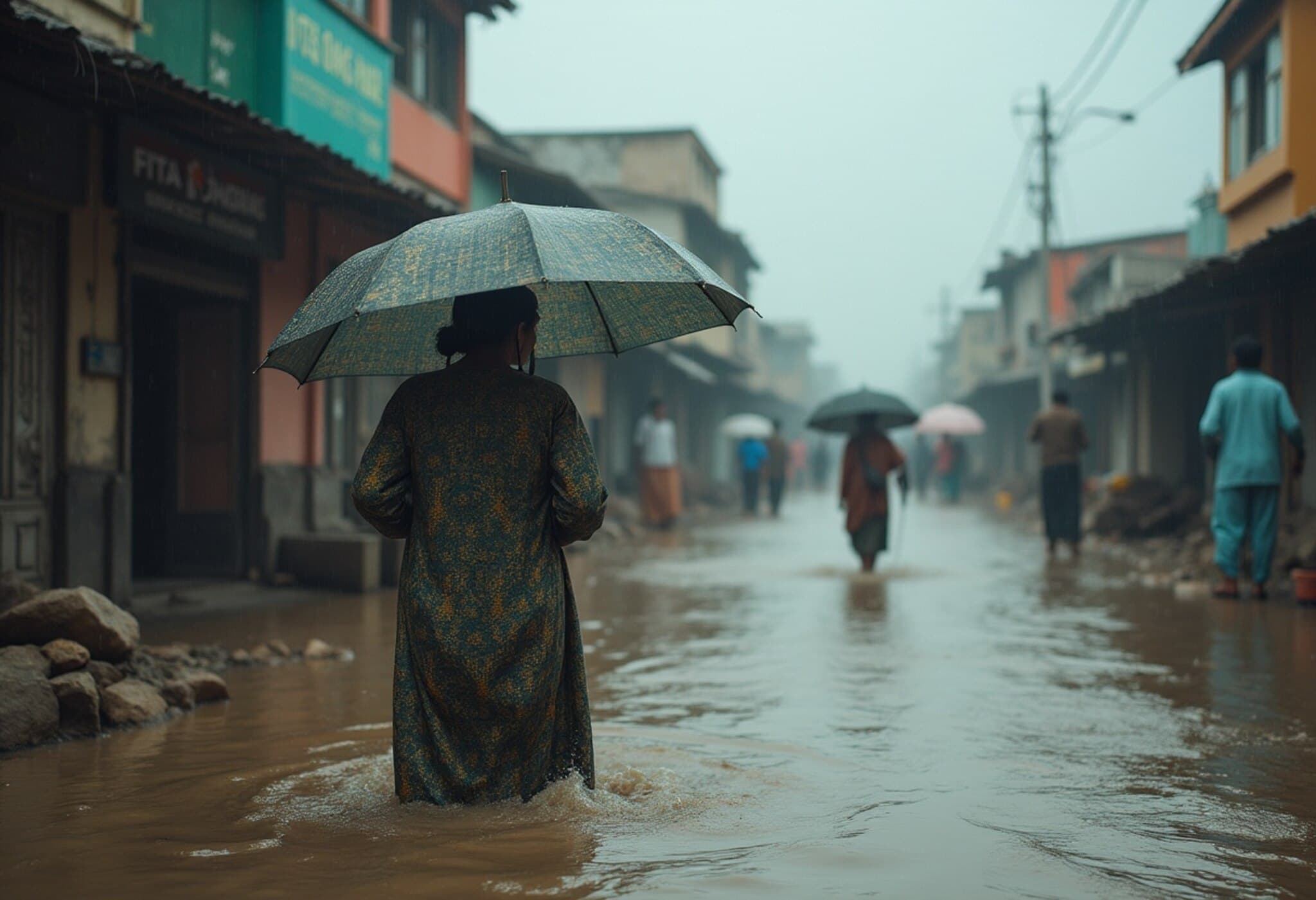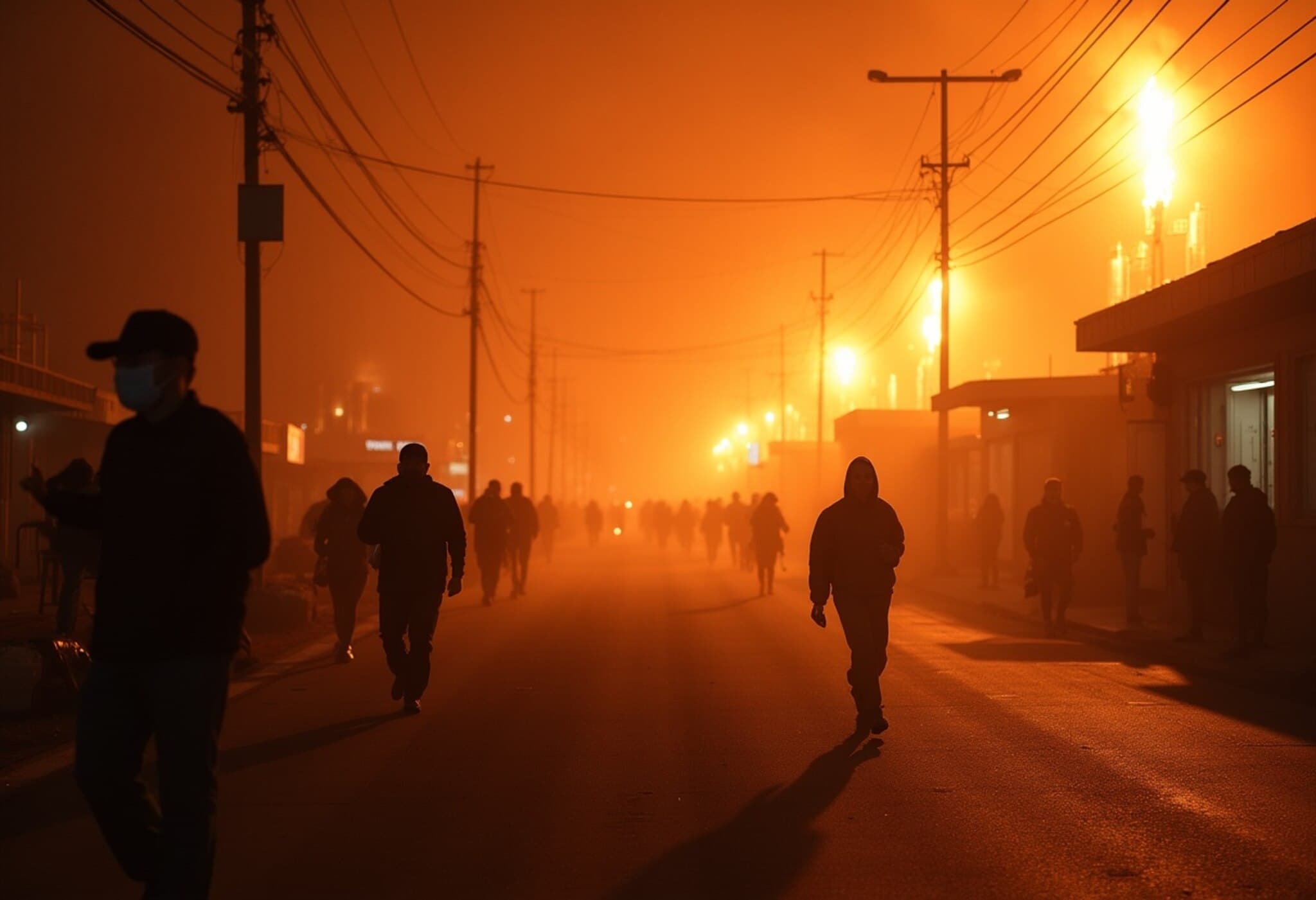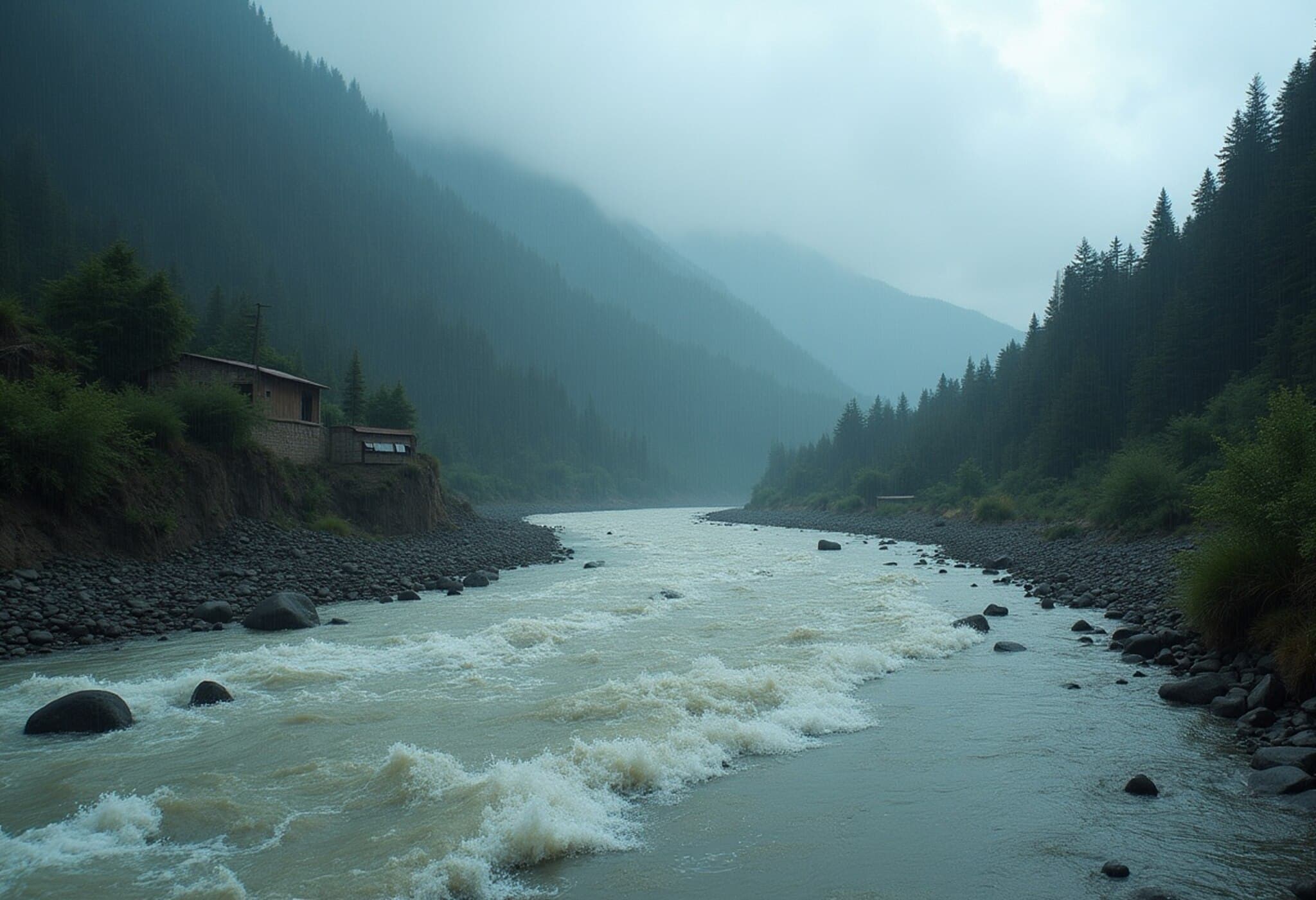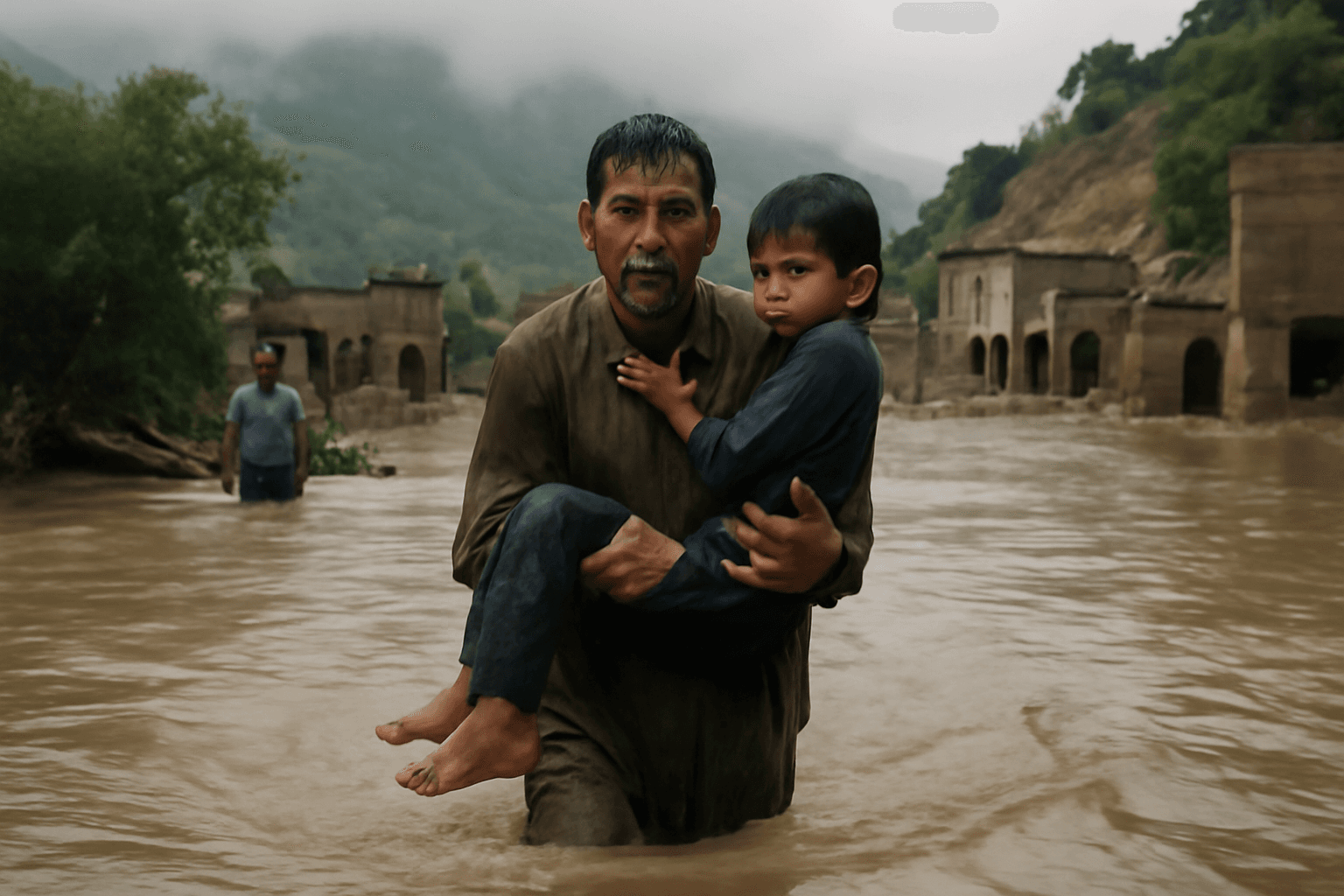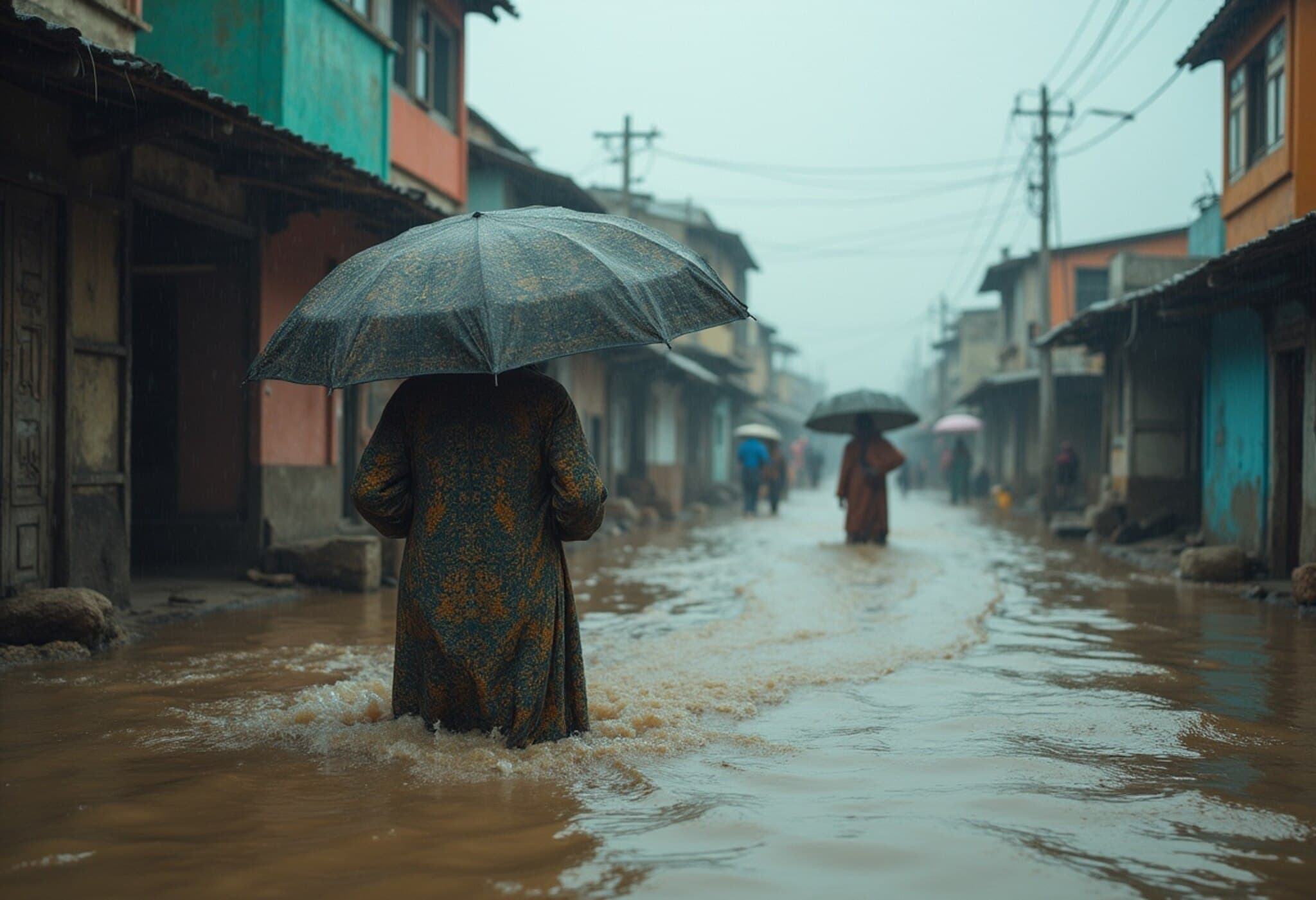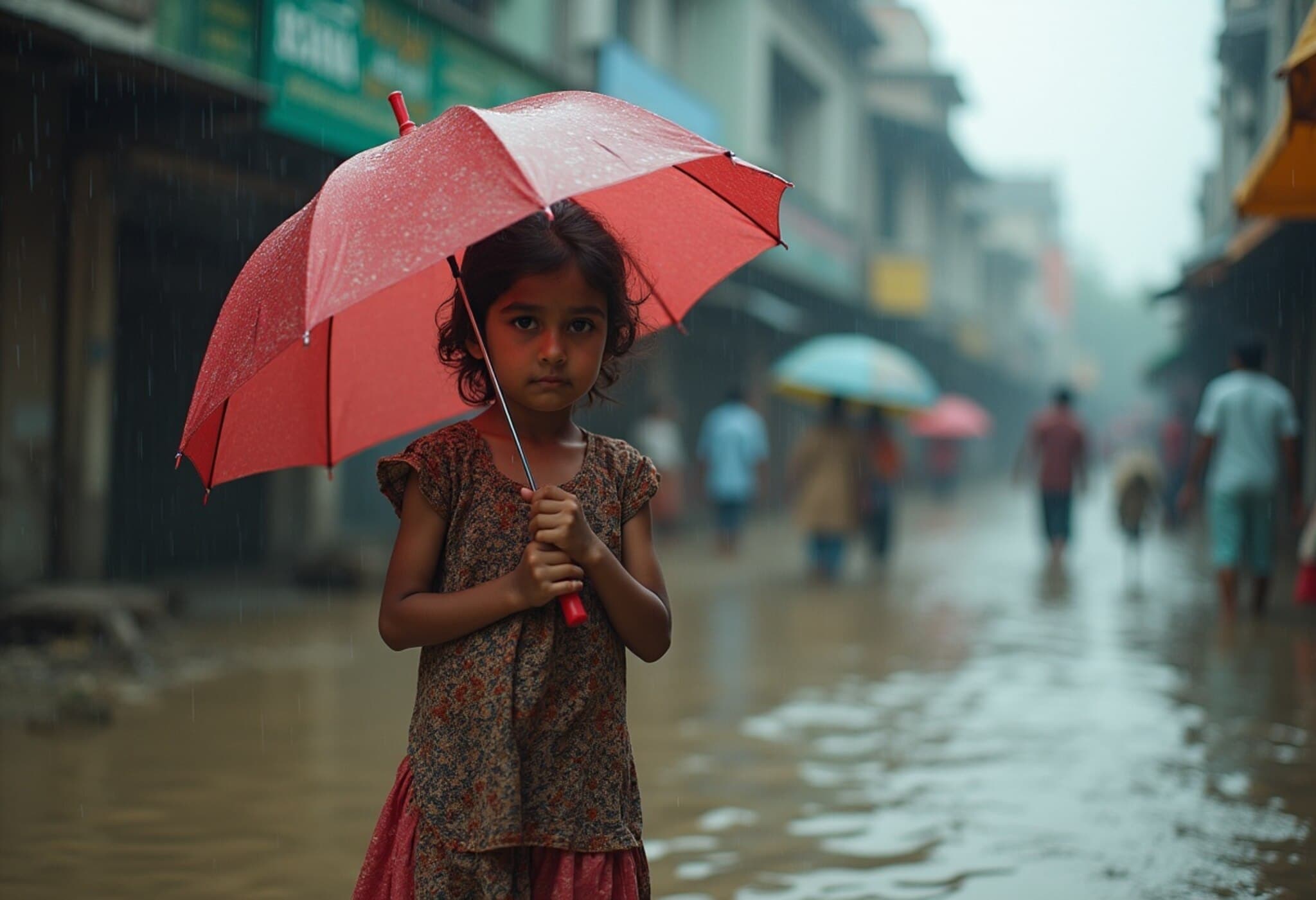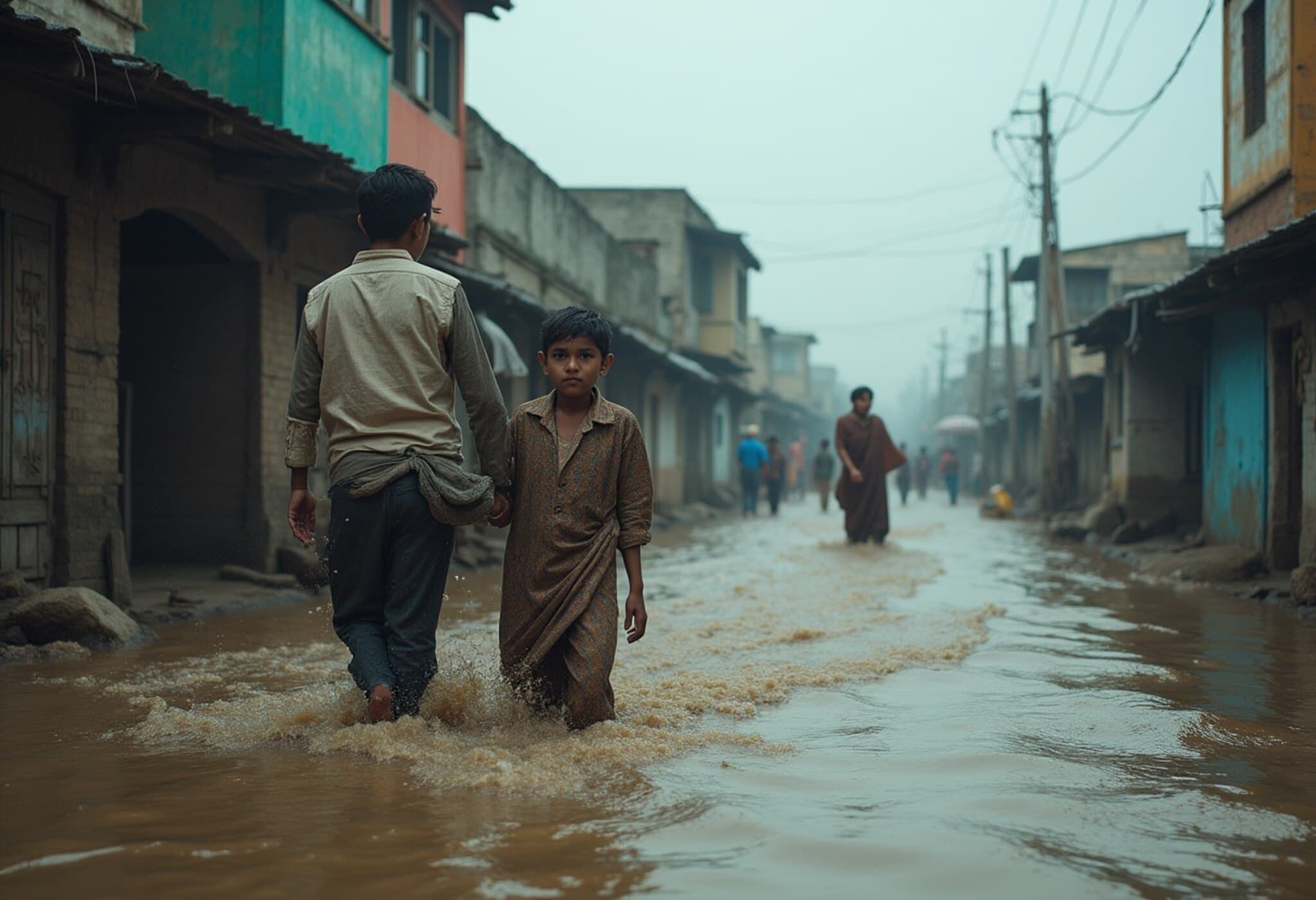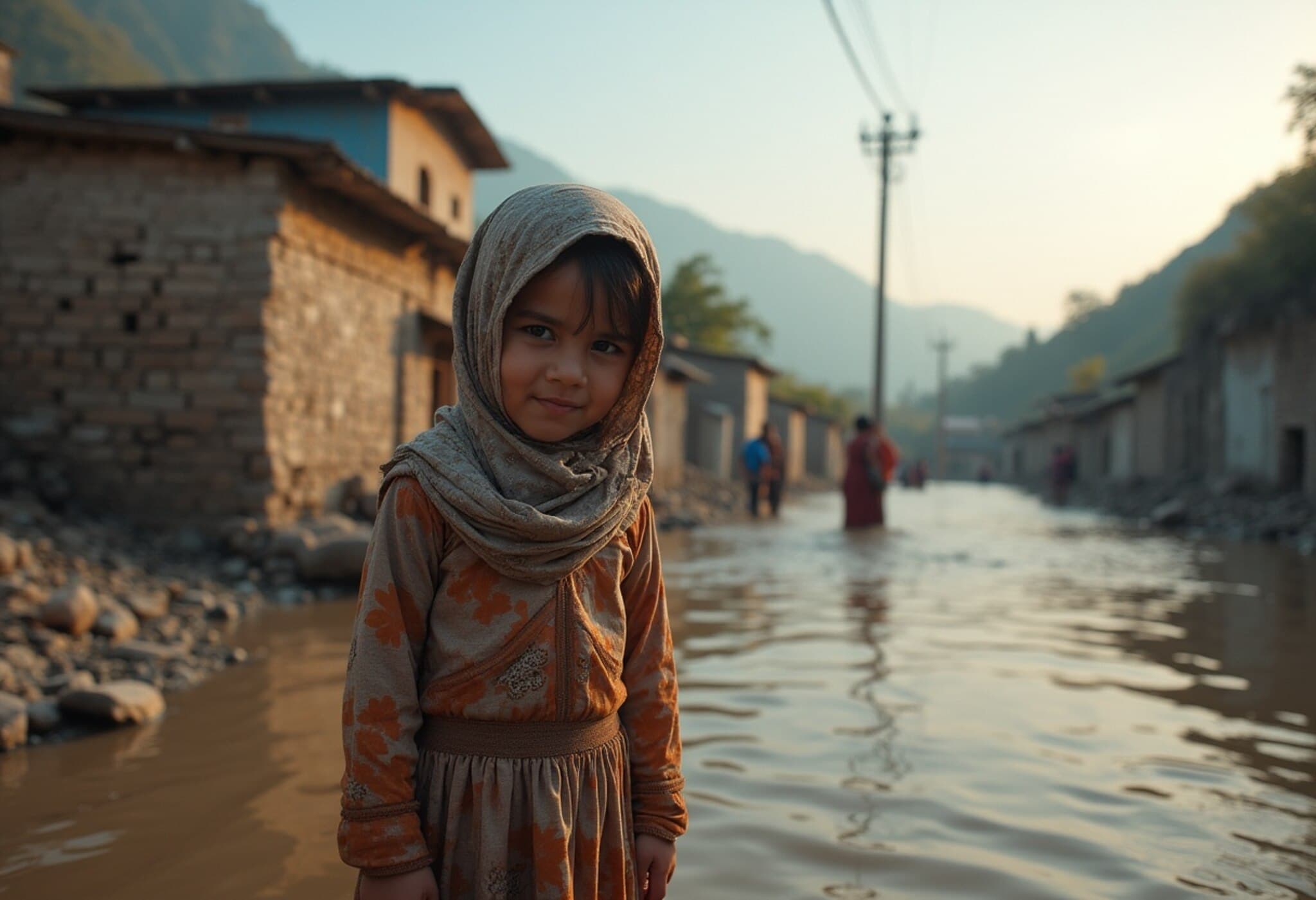Devastating Monsoon Rains Claim Lives and Disrupt Punjab, Pakistan
In an alarming display of nature’s fury, torrential monsoon rains have wreaked havoc across Pakistan’s Punjab province, resulting in the tragic loss of at least 63 lives in a single day and leaving hundreds more injured. Since the rains began in June, a staggering 180 fatalities have been reported across the region, shaking communities and authorities alike.
The Human Toll and Emergency Response
The National Disaster Management Authority (NDMA) reported that the majority of deaths were caused by collapsing buildings, as the unprecedented deluge overwhelmed infrastructure. Others succumbed to drowning or fatal electrocution incidents as floodwaters surged through densely populated areas.
Punjab’s Chief Minister, Maryam Nawaz, promptly declared a provincial emergency and called on residents to adhere strictly to safety measures amid forecasts of continued heavy rainfall and flash flooding throughout the weekend. Thousands of rescue personnel are now mobilized across the province, ready to respond to further crises.
Climate Factors Driving Extreme Weather
Experts point to accelerated glacial melting in Pakistan’s mountainous north as a key driver behind these catastrophic floods. The mountainous Gilgit-Baltistan region, home to more than 7,200 glaciers, has experienced record-breaking summer temperatures soaring as high as 48.5°C—breaking a >50-year-old record. This extreme heat has hastened meltwater runoff, swelling fragile glacial lakes that have burst and unleashed destructive flash floods downstream.
These glacial regions serve as vital water sources for Pakistan’s major river basins, making their rapid deterioration a pressing environmental and geopolitical concern. The head of Gilgit-Baltistan’s disaster management authority, Zakir Hussain, remarked, “We have never witnessed weather conditions of this severity before. The rise in temperature has heightened the flood risks beyond previous experience, putting lives and livelihoods at grave risk.”
Wider Implications and Underreported Issues
Beyond the immediate devastation, the floods expose deeper systemic vulnerabilities. Poor urban planning, inadequate infrastructure resilience, and the limited capacity of early warning systems exacerbate the human cost of such disasters. Moreover, children constitute a significant portion of casualties, underscoring the acute need for targeted disaster risk reduction in schools and residential areas.
Pakistan’s predicament also underscores the global urgency of addressing climate change and its disproportionate toll on vulnerable nations. With glaciers retreating and extreme weather events increasing, sustained international cooperation and climate adaptation financing become imperative.
Looking Ahead: Preparedness and Policy Priorities
- Enhanced Disaster Preparedness: Investing in community-level awareness, early warning technologies, and resilient infrastructure can mitigate future casualties.
- Climate Adaptation Strategies: Protecting and restoring glacial environments, alongside sustainable water management, will be vital for long-term water security.
- Government Accountability and Support: Robust policy frameworks and emergency relief funding must prioritize the most affected populations, especially children and marginalized groups.
Editor’s Note
The tragic flooding in Punjab is as much a natural disaster as it is a mirror reflecting Pakistan’s urgent need to reevaluate its climate resilience and urban safety protocols. As the world’s eyes turn toward unfolding climate crises, Pakistan’s experience serves as a poignant reminder: investing in sustainable infrastructure and climate adaptation is no longer optional but essential to safeguarding human lives. Readers are encouraged to consider how cross-border climate policies and local governance reforms can work in tandem to stem the tide of such disasters in future.

